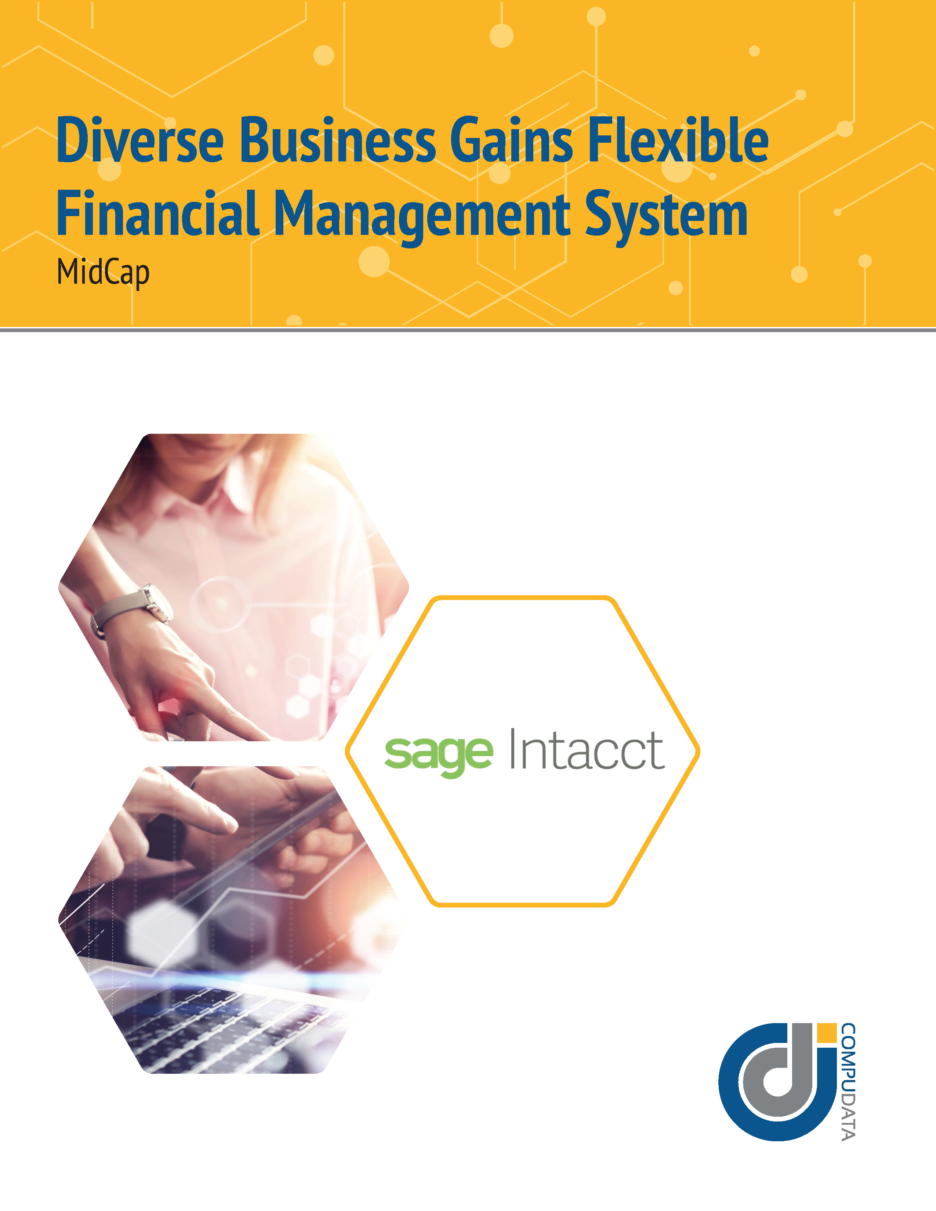If you are considering what financial management platform is right for your business, it’s also important to take into account whether you want a SaaS or on-premise solution. What’s the difference? Simply put, the main different between the two options is that an on-premise financial management platform is installed locally on your company’s server. In this case, your own IT team manages the servers. However, a SaaS financial management solution like Sage Intacct is owned and managed remotely by the software creator. You can access a SaaS solution through a Web browser.
Each software environment offers its own unique benefits and drawbacks. When choosing between a SaaS or on-premise financial management platform, it is important that you evaluate your unique needs in order to make the right decision for your business.
Here’s an outline overview comparison of what you need to know:
On-Premise Financial Management Platform:
Pros:
Maximum Control & Customization
- With an on-premise solution, your organization has full control over all of your data and the implementation process. This provides a greater sense of ownership. In addition, this allows your organization to customize the platform to better suit your needs.
Shared Hardware
- Since data is stored on your organization’s server, the hardware needed can also be shared with your other internal systems.
Data Security
- Data security is controlled by your organization itself. Although this is typically seen as a benefit, it can also be a drawback if your organization does not have the IT staff or security measures in place to keep your data secure.
Cons:
Upfront Costs
- On premise platforms require a more significant upfront cost to purchase new equipment and implement the solution. Additionally, this option requires your organization to have a dedicated IT team to ensure the system is continuously working properly.
Implementation Process
- Not only is there a higher cost associated, on premise implementation often takes more time and requires more internal resources to set up a new environment.
System Maintenance
- Software upgrades need to be applied to the software, and additional upgrade fees apply. Furthermore, your organization must have adequate IT resources in order to keep the system running properly.
SaaS Financial Management Platform:
Pros:
Lower Operating Costs
- One of the advantages of leveraging a SaaS solution is lower up front costs and more predictable costs over time. No initial hardware investment is required and once the software is implemented, your software creator ensures the system is operating properly though routine maintenance and updates.
Scalability
- As your business grows and evolves your organization can quickly scale up or down depending on your needs. Additionally, this allows for greater accessibility since the software is available to all users anytime, from anywhere.
Additional Staff Not Required
- You won’t have to hire additional IT staff and your current IT team can focus on the core business functions rather than managing an on-premise system. Your ERP vendor will ensure your system is running properly and your data is secure.
Cons:
Customizations
- Since you don’t own the software and are essentially renting it through a subscription, you will need to purchase a developer license if available from the SaaS publisher in order to customize. In addition, ascertain beforehand if the SaaS solution is backwards compatible. Backwards compatibility is a guarantee that customizations will not break when automatic upgrades are applied.
Long Term Costs
- A SaaS solution is has significantly lower upfront costs, however, businesses should keep in mind the total cost of ownership for a SaaS solution. This could be viewed as a positive or negative depending on each company.
Connectivity
- Although a SaaS solution takes away the hassle of implementing and managing the system, most SaaS ERP solutions need an active internet connection and won’t work offline.
When it comes to selecting the right environment for your financial management software solution, keep in mind these key factors. In addition, you have the ability to host your traditional on premise solution in the cloud for more organizational flexibility and employee accessibility. Depending on your company size and specific business needs, one model may be better suited to serve your organization over the other. If you need help in determining what software and deployment model is best for your organization, our team of experts can help.
Find the best deployment model for your business!

